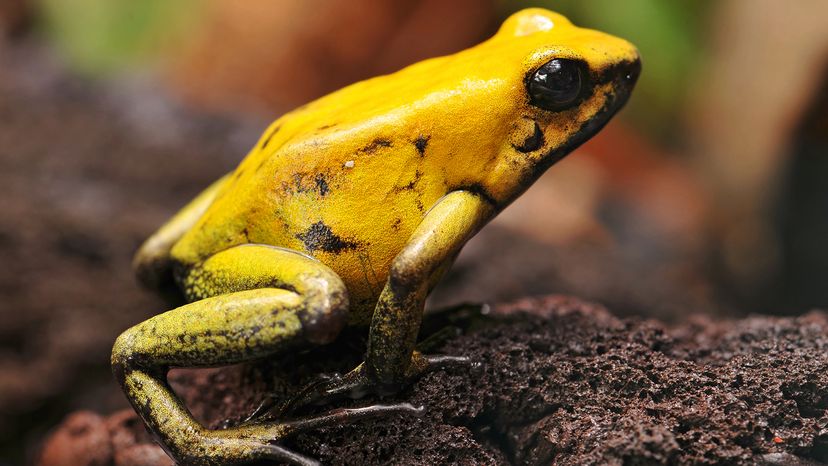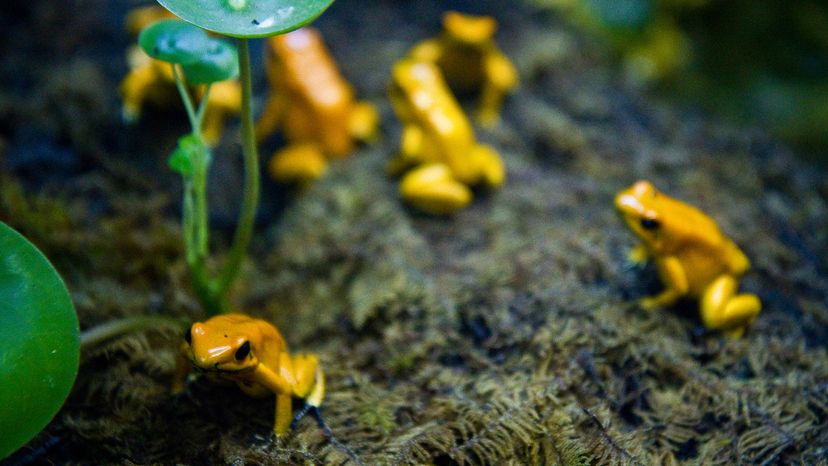
Let's talk about one of the most dazzling — and dangerous — creatures in the animal kingdom: the golden poison dart frog. These tiny amphibians have incredibly toxic skin, and it packs a serious punch.
Despite their small size, they are among the most poisonous frogs in the world, and their bright colors serve as a warning to predators: "Don't mess with me!"
Advertisement
Native to Central and South America, these frogs are particularly famous for their use by Indigenous peoples who have coated blow darts with the frogs' venom for hunting. But these toxic amphibians aren't aggressive. They only pose a threat if you handle them (which is a key difference between venomous and poisonous creatures).
